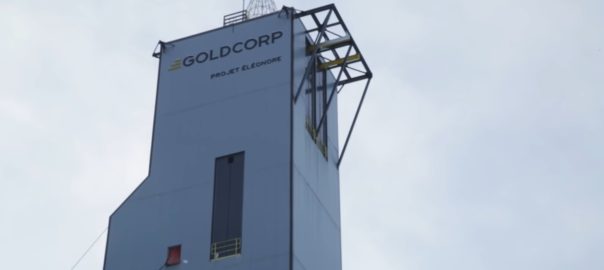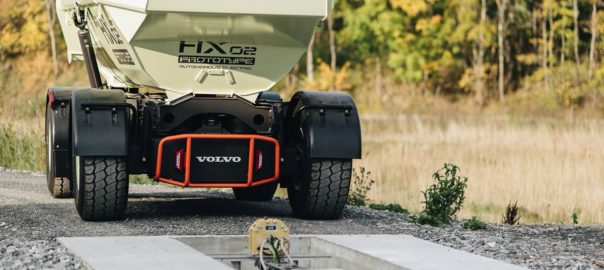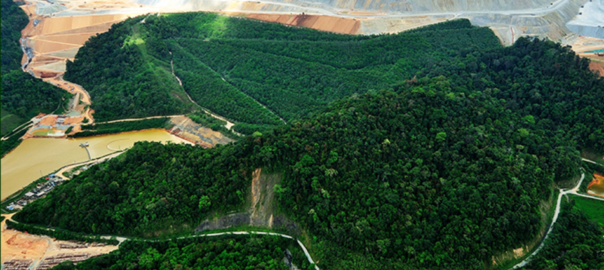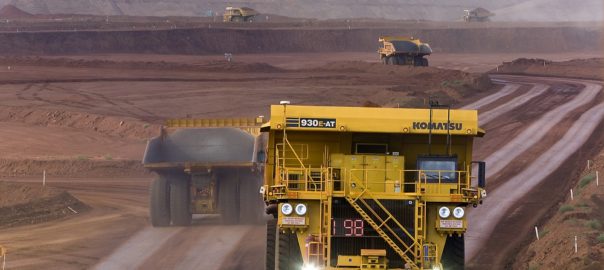The Government of Québec, through the Société du Plan Nord, says it will invest C$1.75 million ($1.28 million) to connect Newmont Goldcorp’s Éléonore mine facilities to the existing regional fibre optic network.
“This project will enable one of Quebec’s most innovative mining companies to continue advancing its vision to create mine 4.0, an interconnected mine of the future,” the government said, adding that the connection, which will help optimise the company’s operations, will also increase the quality of life of workers on site and encourage employee retention.
Jonatan Julien, Minister of Energy and Natural Resources and Minister responsible for the Côte-Nord region, made the announcement this week while visiting Éléonore.
As part of this project, 124 km of fibre optic cable will be laid from the Eastmain 1A link to the Éléonore mine. This project, valued at C$3.5 million, will be delivered by the non-profit organisation Eeyou Communications Network (ECN), with the new high-speed connection expected to be operational in 2020.
Julien said: “The mining sector is entering a new era with mine 4.0. Today’s funding will contribute to the Éléonore mine’s competitiveness in the future: access to a reliable and high-performance telecommunications network is fundamental for the industry to modernise. The realisation of this project is excellent news for the Eeyou Istchee James Bay region, but also for the Quebec economy.”
Sophie Bergeron, General Manager, Éléonore Mine, Newmont Goldcorp, said: “This joint investment from our Cree partner, Eeyou Communications Network, and the Société du Plan Nord will connect the mine to a fibre optic network, providing far more bandwidth than we have today, and will support our vision of creating the first 4.0 mine in Quebec.
“With this technology backbone in place, new sustainable and responsible mining developments can consolidate the leadership role Quebec plays in Canada’s mining sector and beyond.”
Éléonore was expected to produce some 360,000 oz of gold in 2018 from the underground Roberto deposit. Ore is mined from four horizons using sill and stope techniques, then processed onsite using a conventional circuit that includes crushing, grinding, gravity, flotation and cyanidation.
The operation has begun to develop a fifth mining horizon and build a production shaft, both of which will bring Éléonore closer to its full production capacity, a key part of the company’s plan to increase production by 20% by 2021.
At Éléonore, all underground workers, vehicles and other heavy equipment are outfitted with radio frequency identification tags that transmit a unique ID number via a Wi-Fi connection to the Cisco access point throughout the mine. Telemetry units integrated into vehicles also monitor the functions and systems in the vehicle’s engine, and issue an alert to mine managers when something needs attention, the company said.
The Société du Plan Nord contributes, from a sustainable development perspective, to the planning and integrated and coherent development of northern Quebec, it says. It does so in consultation with representatives of the regions and indigenous peoples, as well as the private sector.












